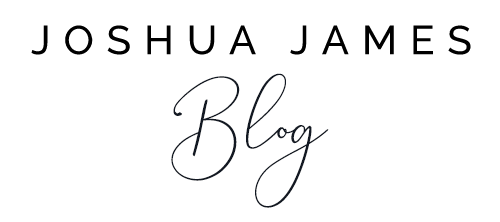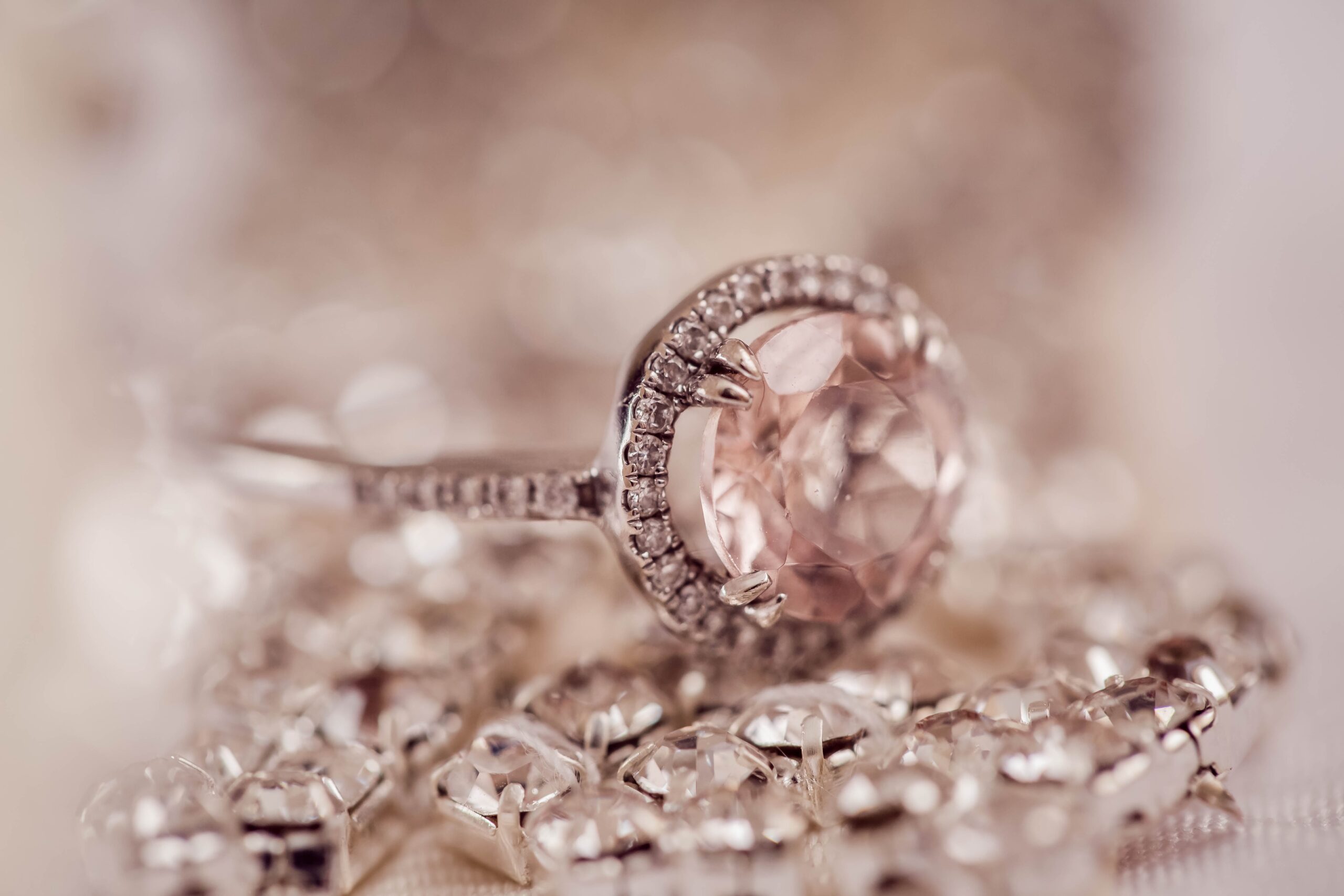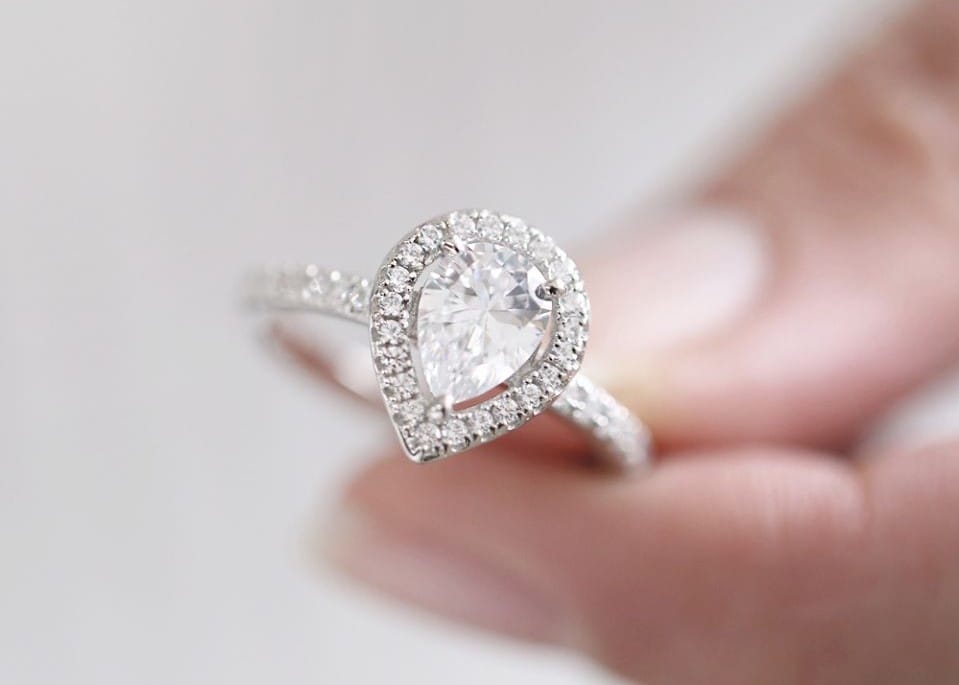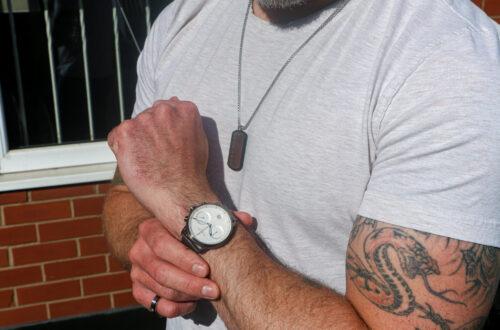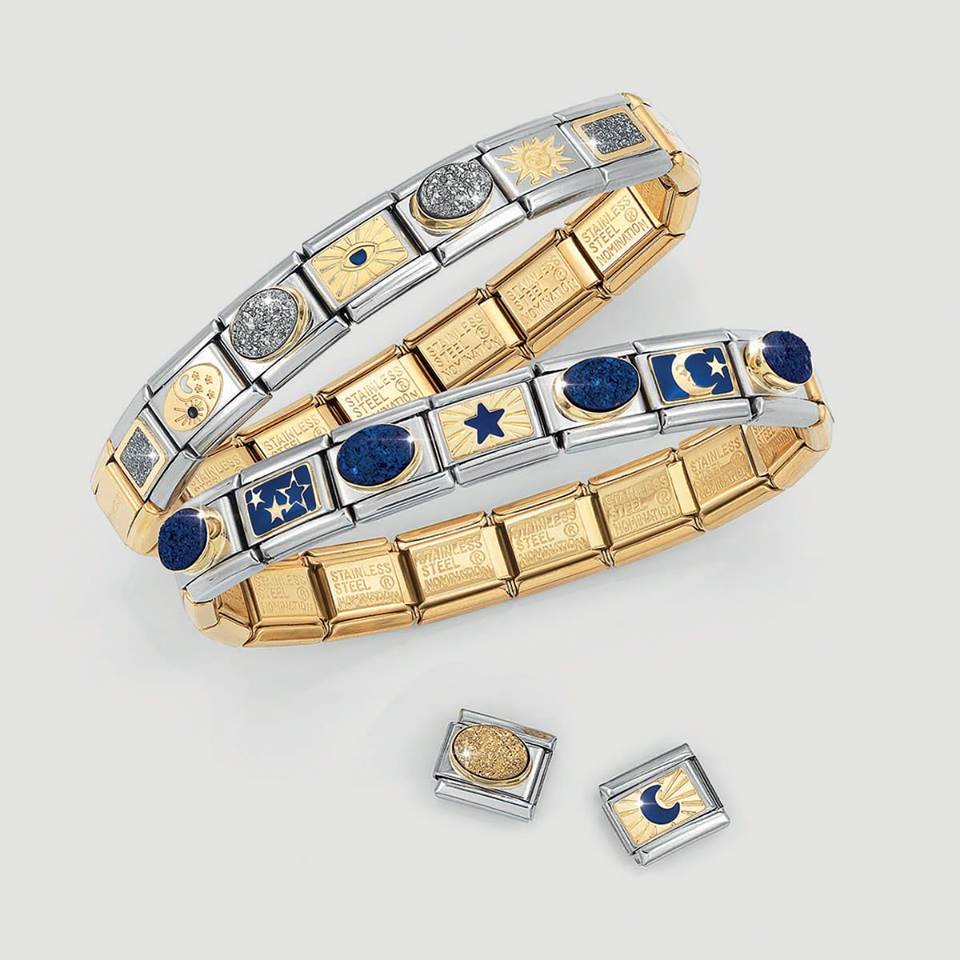You’ve found the new jewellery piece of your dreams — but how can you be sure that it’s real? Fake jewellery is on the rise, with knockoff pieces often appearing to look as good as the real thing. However, it’s true what they say; if you buy cheap, you buy twice! A fake diamond necklace may look great to begin with, but after a while, the cracks will definitely begin to show.
Shopping online or shopping vintage opens you up to being caught out by fakes, with scammers trying their luck online or with old costume jewellery getting mixed in with genuine vintage pieces. If you have any doubts about a piece of jewellery you’ve purchased such as fake earrings, or you’re looking to protect yourself against buying fakes in the future, we’ve put together our 10 top tips.
How to Identify Fake Jewelry
1. Is it too good to be true?
We’re sorry to say, but if something seems too good to be true, it usually is! If you find what is presenting itself as genuine or designer jewellery at a bargain price, have a look around and check the RRP — huge discounts are very rare, so second guess if a price seems unnaturally low. Always trust your instincts; they’ll usually warn you if something seems amiss.
2. Is it a respectable seller?
Always be wary when shopping around on online auction sites such as eBay or Shpock or when browsing second-hand items on Gumtree or Facebook Marketplace. While there are great deals to be had, these sites are not moderated, meaning anybody can sign up and sell. Check the seller and their feedback.
Most of these sites allow reviews, so have a research and see if other people have had good or bad experiences with them. Also take a good look at the listing — is the item new? Is there a picture? Is the seller using stock images or images of the specific piece you’re buying? These unmoderated sales sites are the perfect breeding ground for fakes, so always be vigilant. Better yet, always buy from a respected jeweller to ensure the items you’re purchasing are genuine.
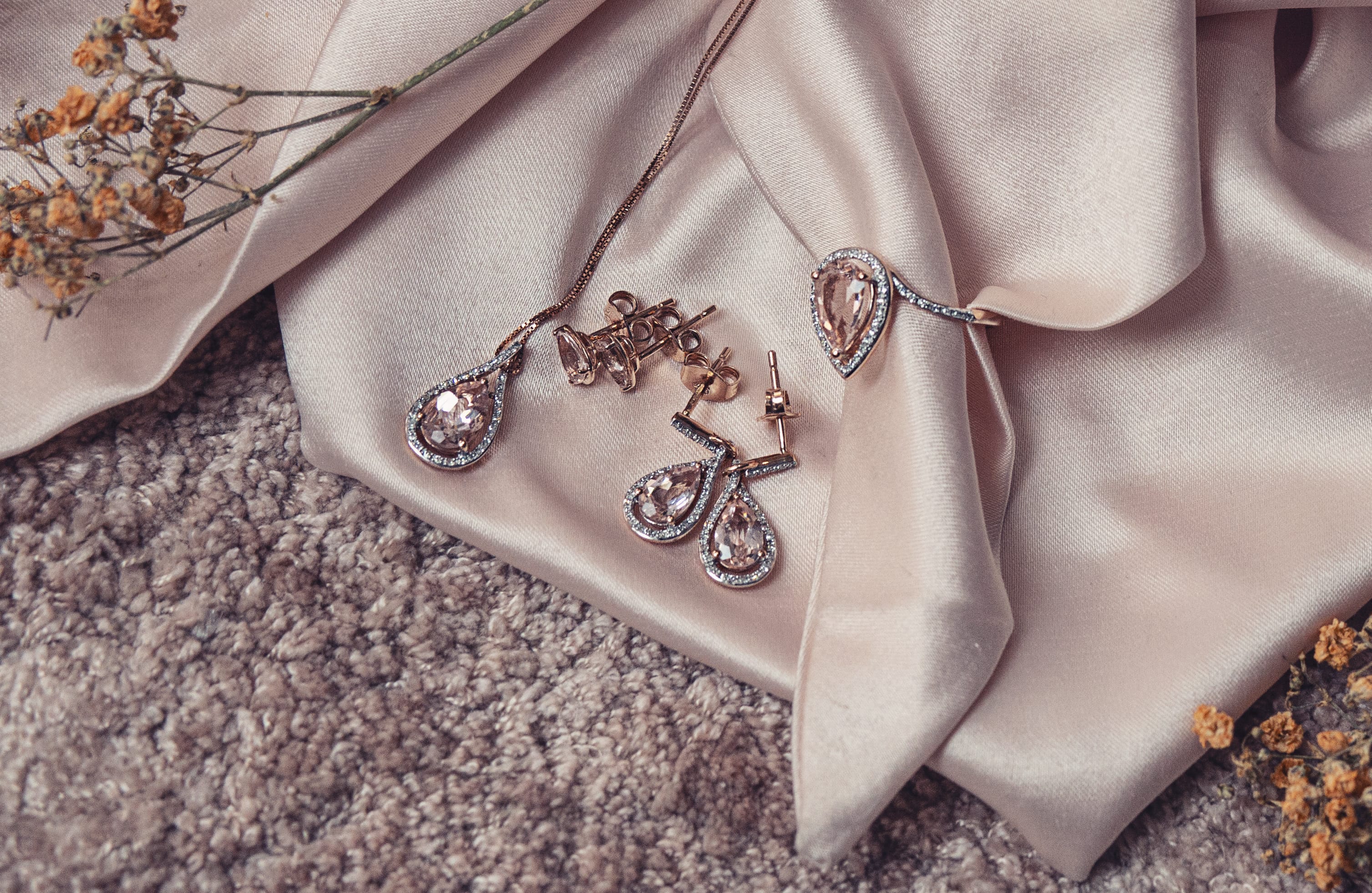
3. Can you return it?
This is an instant giveaway that an item may not be all it seems. Most jewellery items, particularly if you are ordering online and haven’t seen the jewellery in person, come with at least 14 days as standard to return the item in case of any issues.
At Joshua James we offer 21 days for returns — this not only allows you the chance to change your mind on a piece, but you can even get it checked out by a third party to allay any concerns about authenticity. Allowing you to look at and handle the item, then allowing the option of sending it back if you’re not 100% happy, shows that the retailer has confidence in the quality of their products.
If an outlet has a zero returns policy, question why — you could end up stuck with low quality or fake earrings and not able to get your cash back.
4. Check for the hallmark
All jewellery in the UK that is sold as gold, silver, palladium or platinum is legally required to be hallmarked by the Hallmarking Act of 1973. This hallmark certifies the metal purity of specific items, such as jewellery or silverware.
Because you cannot simply look at an item and tell the purity of the metal, official hallmarking is your guarantee of the standard and purity of the piece you’re buying. There are different hallmarks for different precious metals, and these can vary due to the local office — for further information explore the International Association of Assay Offices.
5. Check the branding
Branded items often come with their own hallmark, particularly if they’re a high-end brand. Check for this to ensure that your item comes from the designer it claims. Many fake jewelry sellers have caught on, and often will create jewellery with fake hallmarks.
While these may look legitimate from a distance, you can often find small giveaways at a second glance. Look closely at fonts, layouts and spellings to ensure the hallmark on your jewellery perfectly matches the designer.
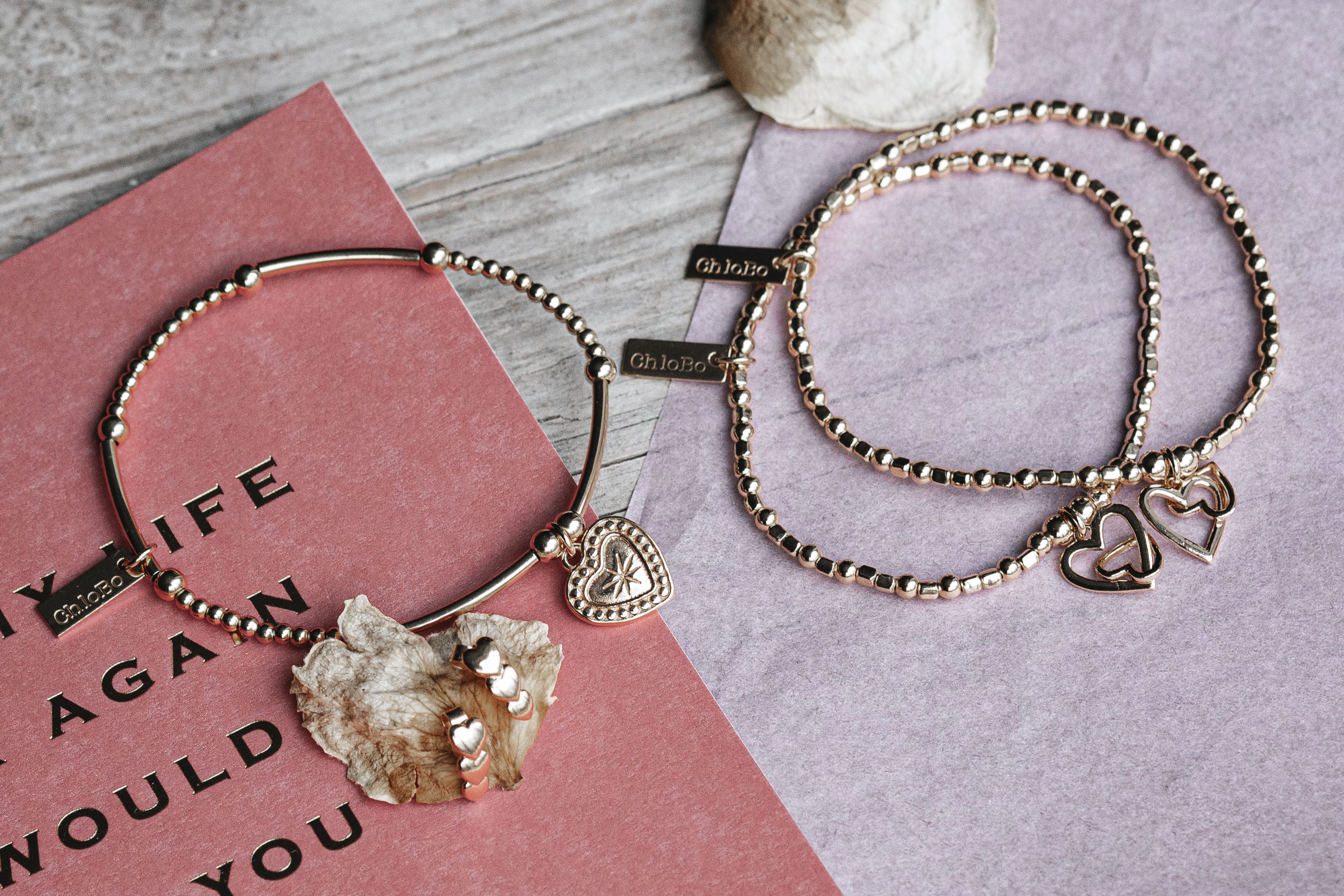
6. Check the quality
There are usually instant giveaways in terms of quality if an item isn’t genuine. Take a close look at your jewellery and ensure that the construction is on point. In a bracelet or necklace, check the links — fake diamond earrings will look pinched together, but should instead have a smooth, solid look.
If you have a jewellery item containing a stone, for example, a ring, check the setting and mounting of the stone. Costume jewellery can sometimes be passed off as genuine, but a closer look will reveal stones are often glued in place rather than properly mounted. These are all seemingly obvious points, but ones that can easily be missed at first glance or in a picture online.
7. Check the stones
While bad quality jewellery may often be easy to spot, sometimes a gemstone that is too perfect can be a giveaway of a fake. Real gemstones found in fake earrings are not perfect, and you can often see naturally formed flecks within the stone.
Similarly, with diamonds — these are naturally formed, and you can usually spot the natural imperfections within when looking through a magnifying glass. Replicas of precious gemstones and diamonds are often created through a mixture of glass and plastic and will have an overly smooth appearance that will give them away.
8. Did you receive certification and documentation?
If you’re purchasing a piece containing a diamond, this should arrive with a certificate to prove its authenticity. This can be from the GIA, the IGI or the EGL. If your jewellery doesn’t arrive with certification, ask for it!
Also be sure to check other documentation that arrives with your jewellery, for example, the manufacturer details, cleaning instructions or care tips. Look out for the quality of the printing, as well as the grammar and spelling used — poor quality documents are a giveaway of fake earrings for men, for instance.
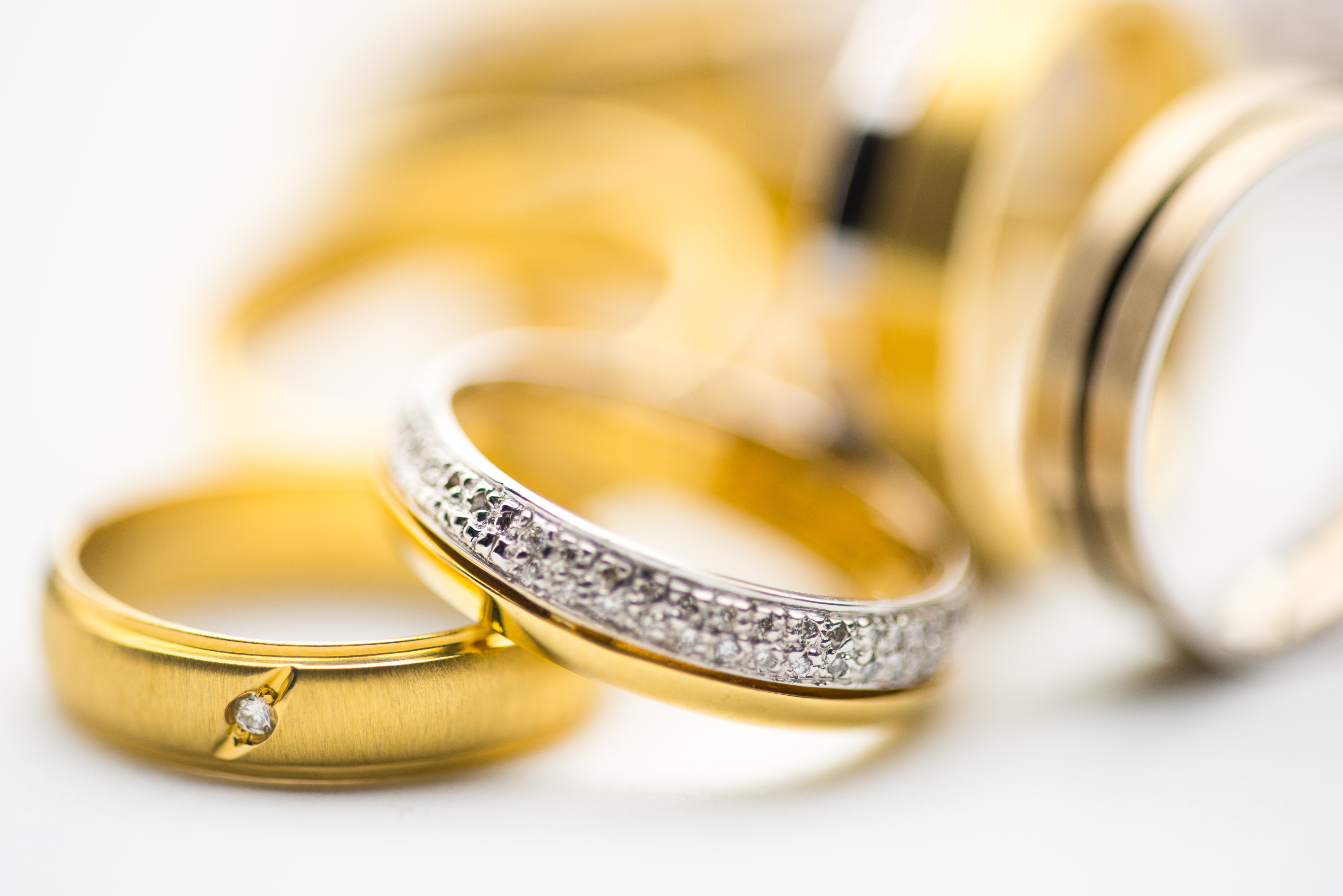
9. Test the metal
If following these tips, you’re still not sure on the authenticity of your piece, there are a number of final physical tests you can do:
The Magnet Test – Gold and silver are not magnetic. Hold up a strong magnet to your piece of jewellery — if it sticks, this is an immediate indication of a fake material being used.
The Fog Test – The fog test is best used for determining whether a diamond is real or fake. Simply breath hot air onto the stone — a real diamond does not retain heat, so will not fog up, while a fake diamond will.
The Skin Test – Possibly the best known physical test to spot fake jewellery is the skin test. Does wearing your jewellery turn your skin green, or cause any kind of irritation? Genuine gold and silver will not react with the skin, so any problems are an instant giveaway of a fake piece.
There are various other tests you can do to determine fake metals, including the scratching or biting test — but we’d advise leaving that to the professionals! Which leads us neatly to our final point…
10. Get a second opinion
If you’re not confident about the quality or authenticity of your jewellery, and suspect you’ve bought fake earrings, always seek a second opinion! Visit a jeweller or pawn shop and find a professional appraiser who can take a look at them and allay any doubts you may have.
Of course, buying jewellery from a reputable jeweller is one instant way to ensure quality, high-end pieces. Across the Joshua James collection, you can discover a stunning variety of women’s necklaces, bracelets, watches and charms from top brands such as Thomas Sabo, ChloBo, Swarovski and more. Explore the full collection today to find the perfect new piece for you.

You may come across fake earrings from time to time, which is why doing your research beforehand is key. Head over to our designer earrings collection, as well as our vast range of stunning authentic jewellery that’ll prove to you why it’s best to buy the real stuff.
